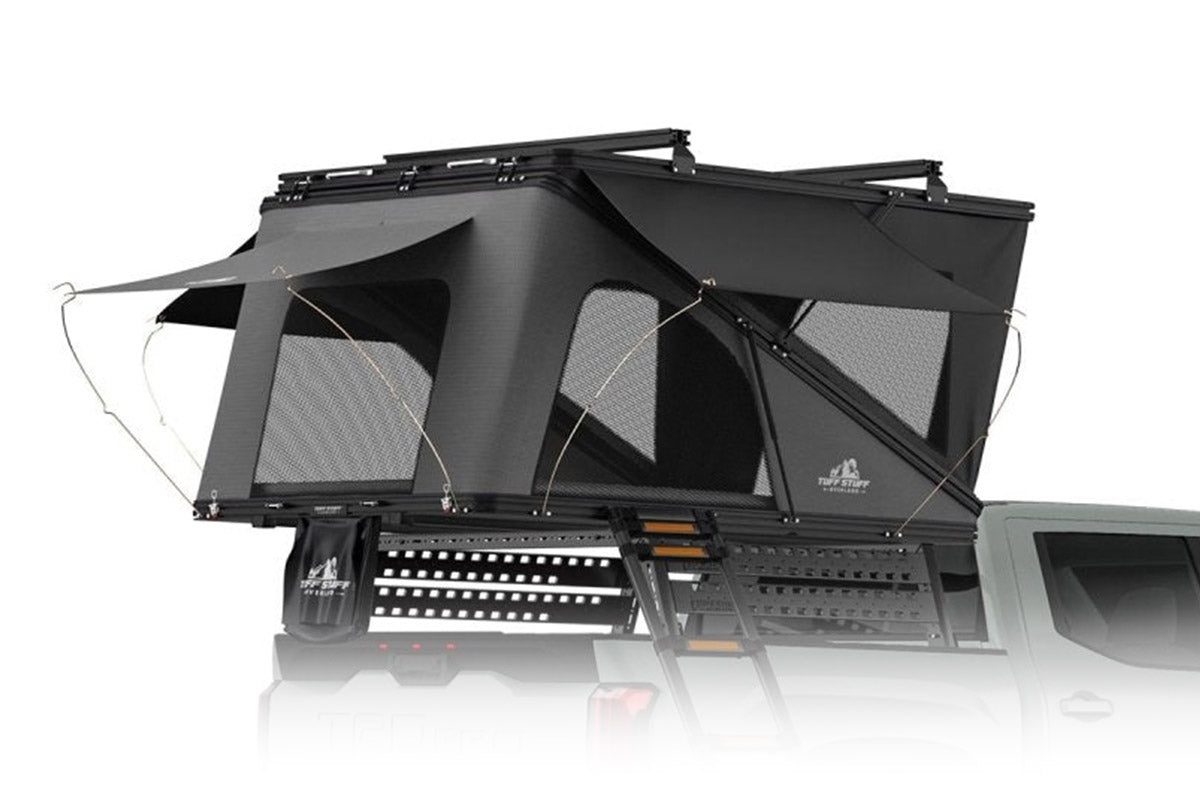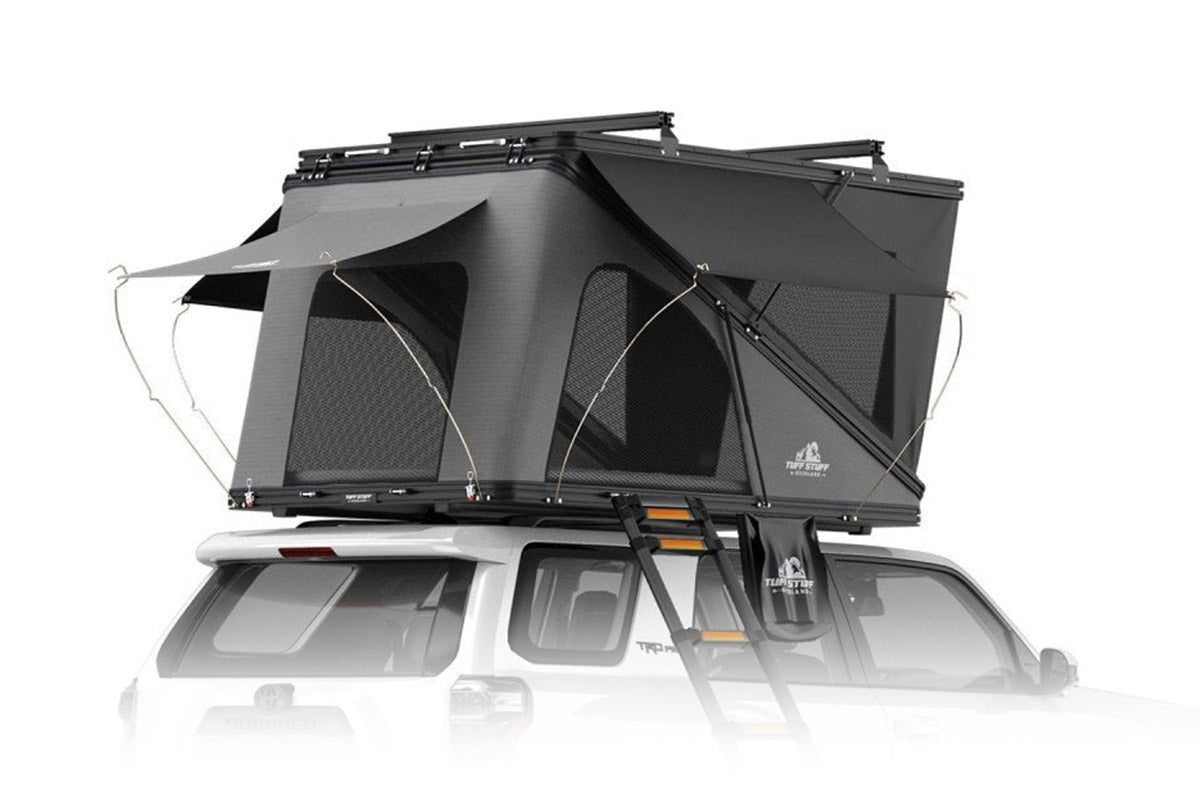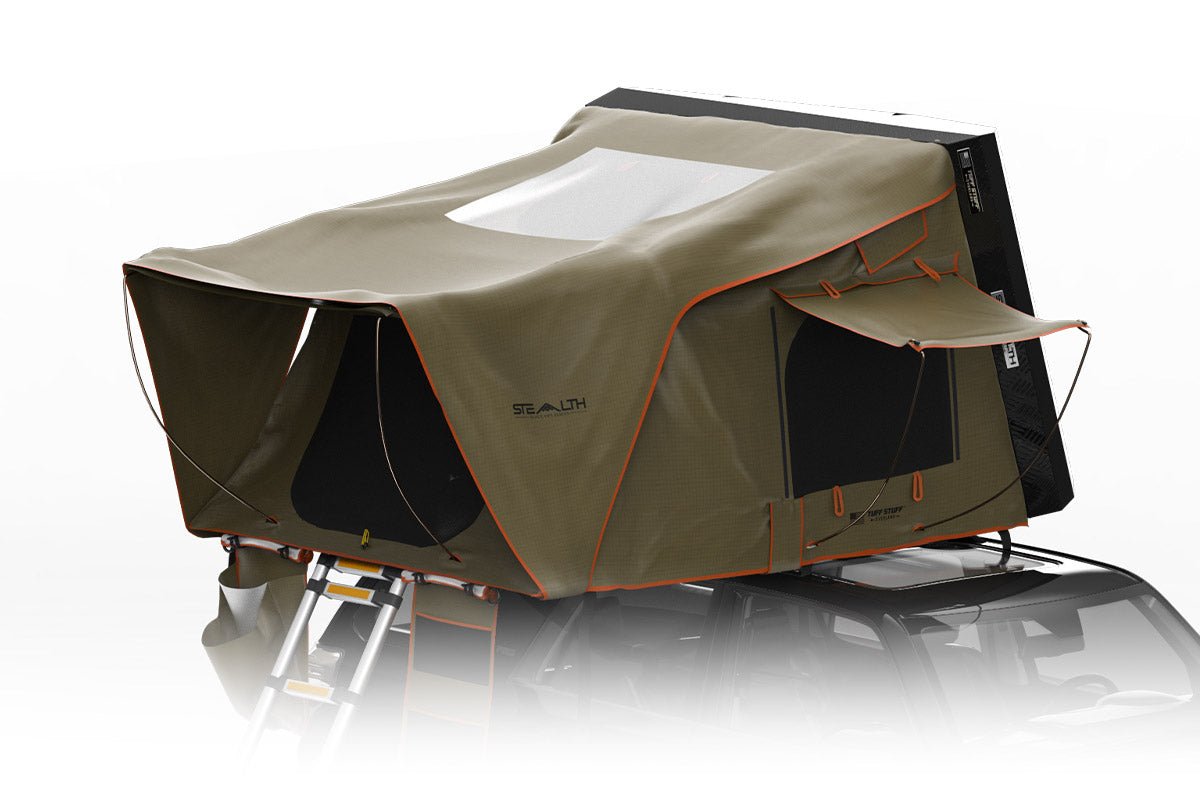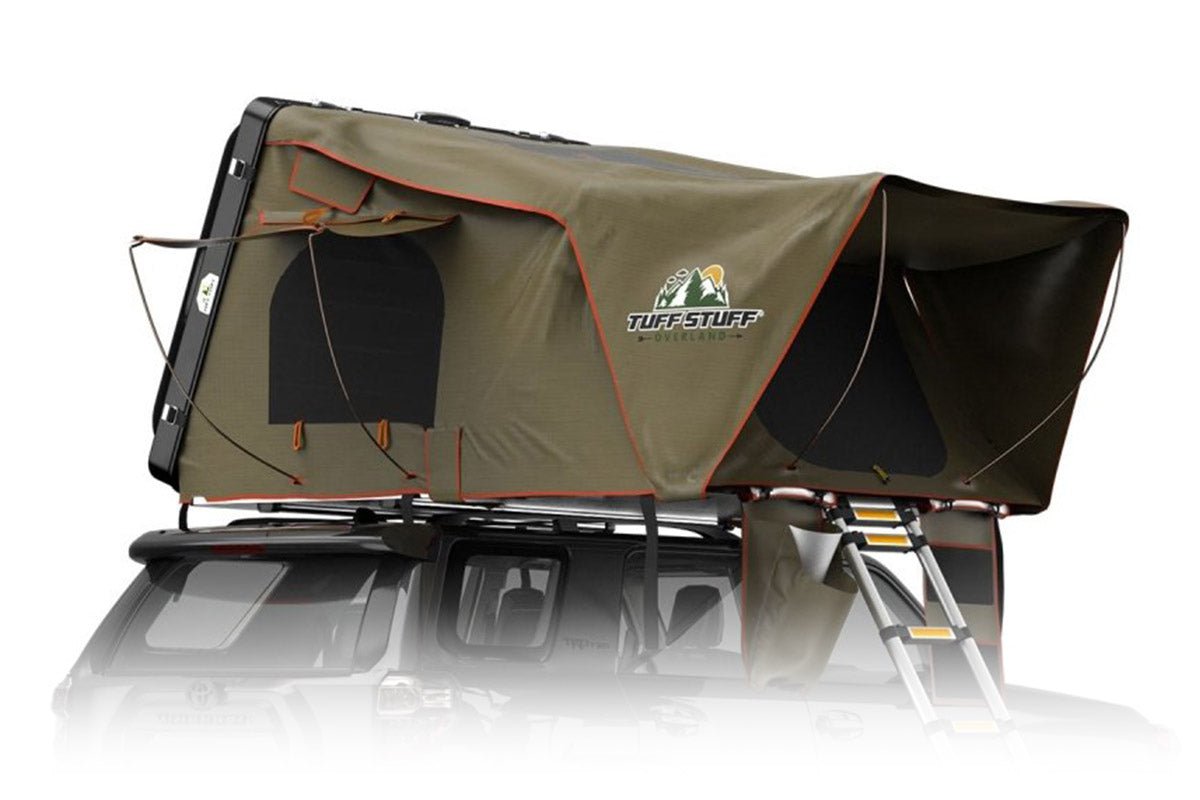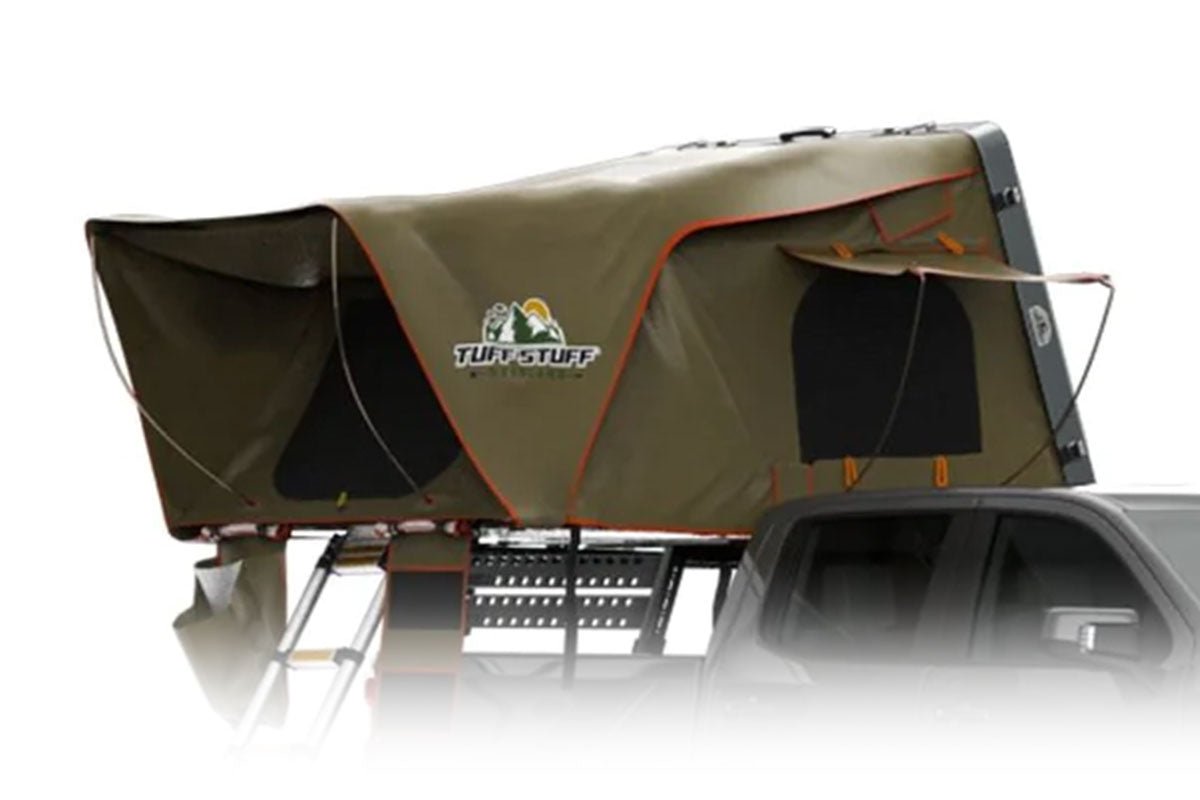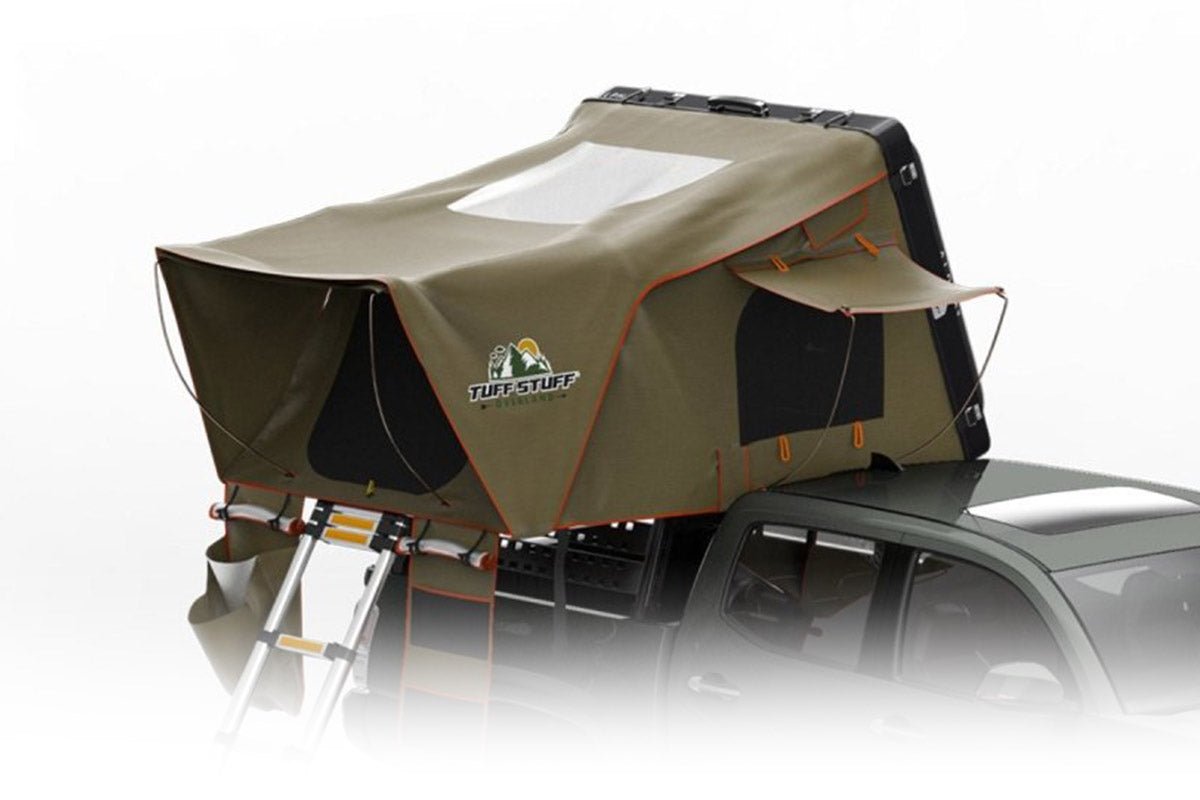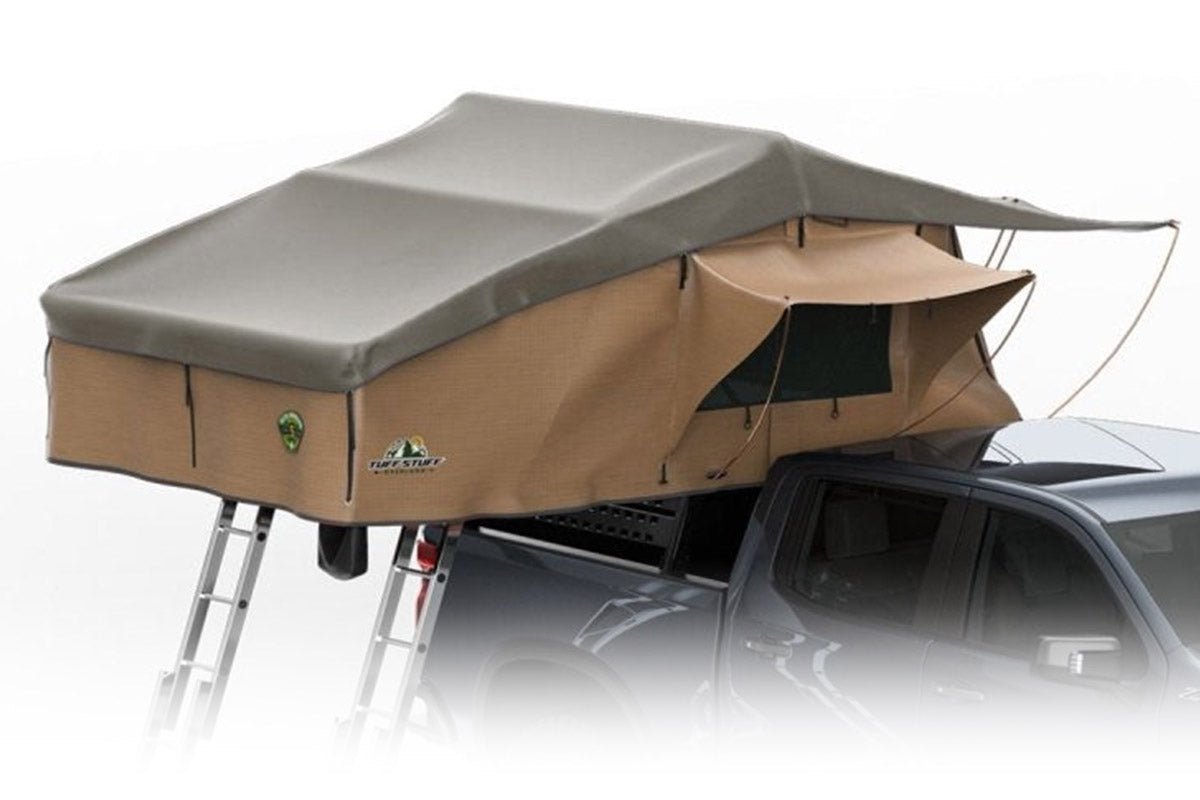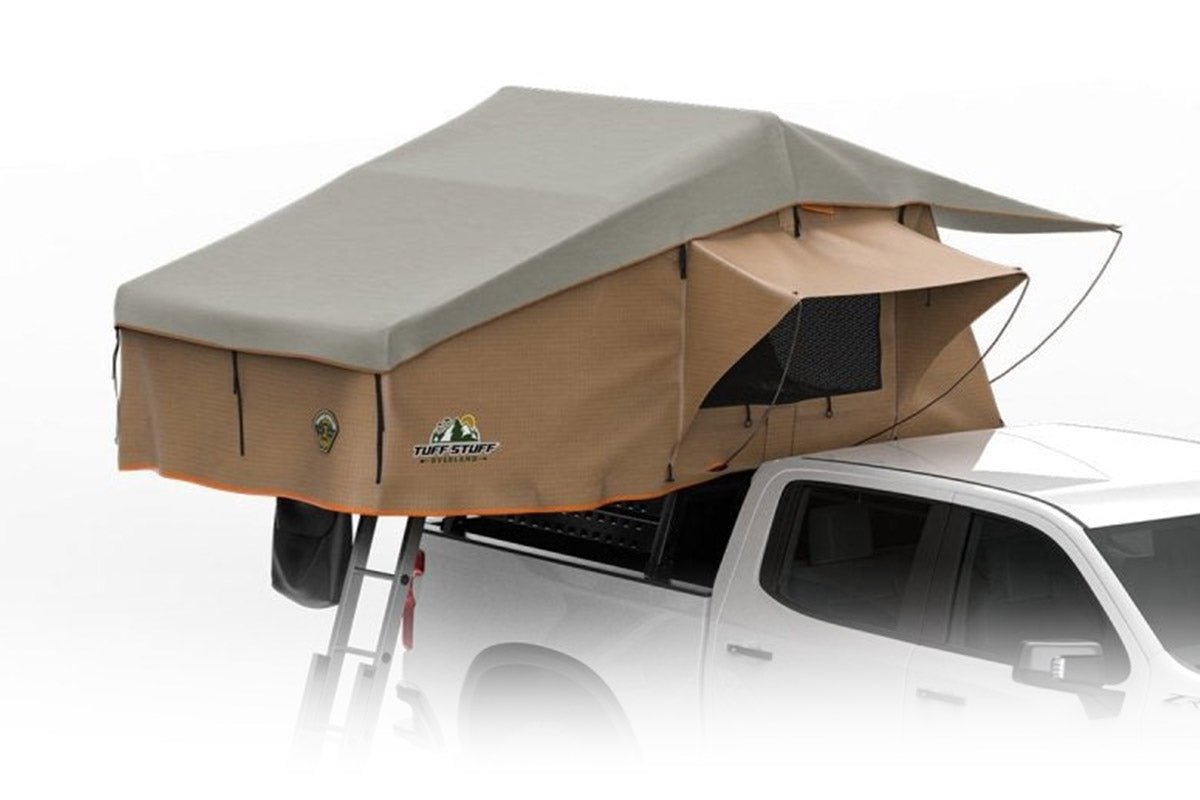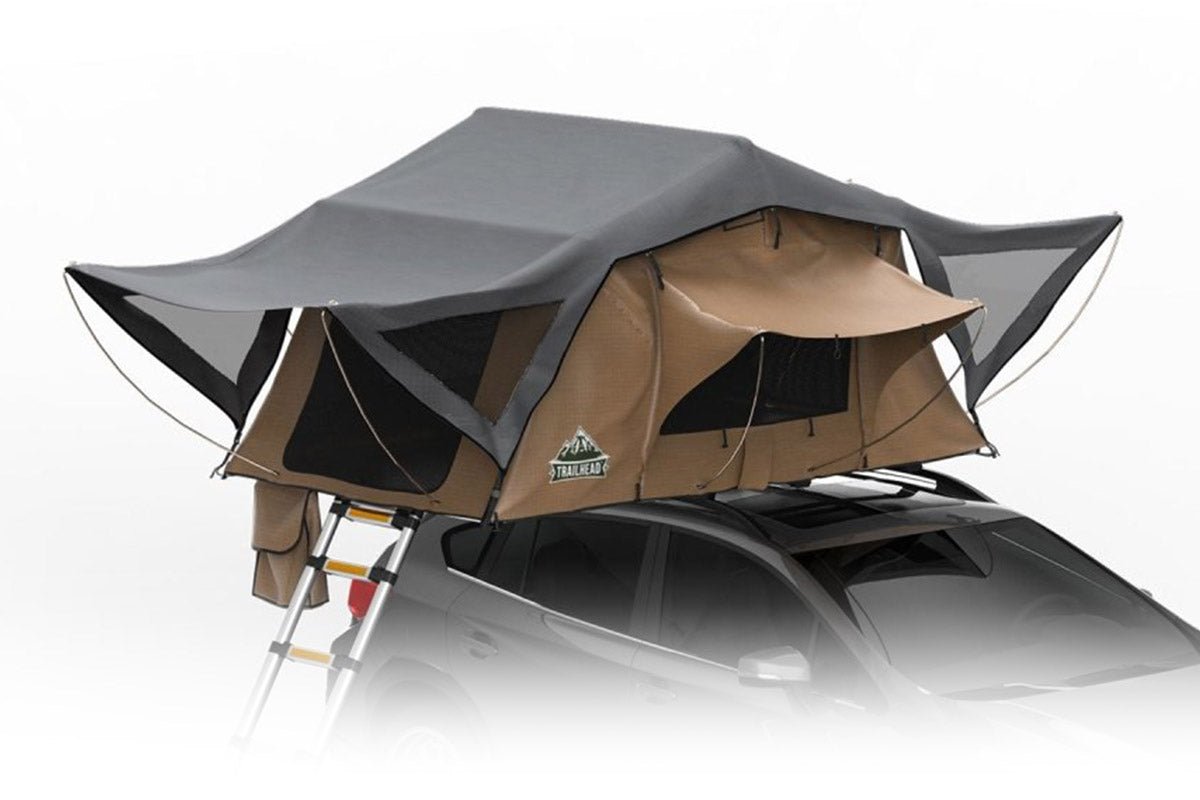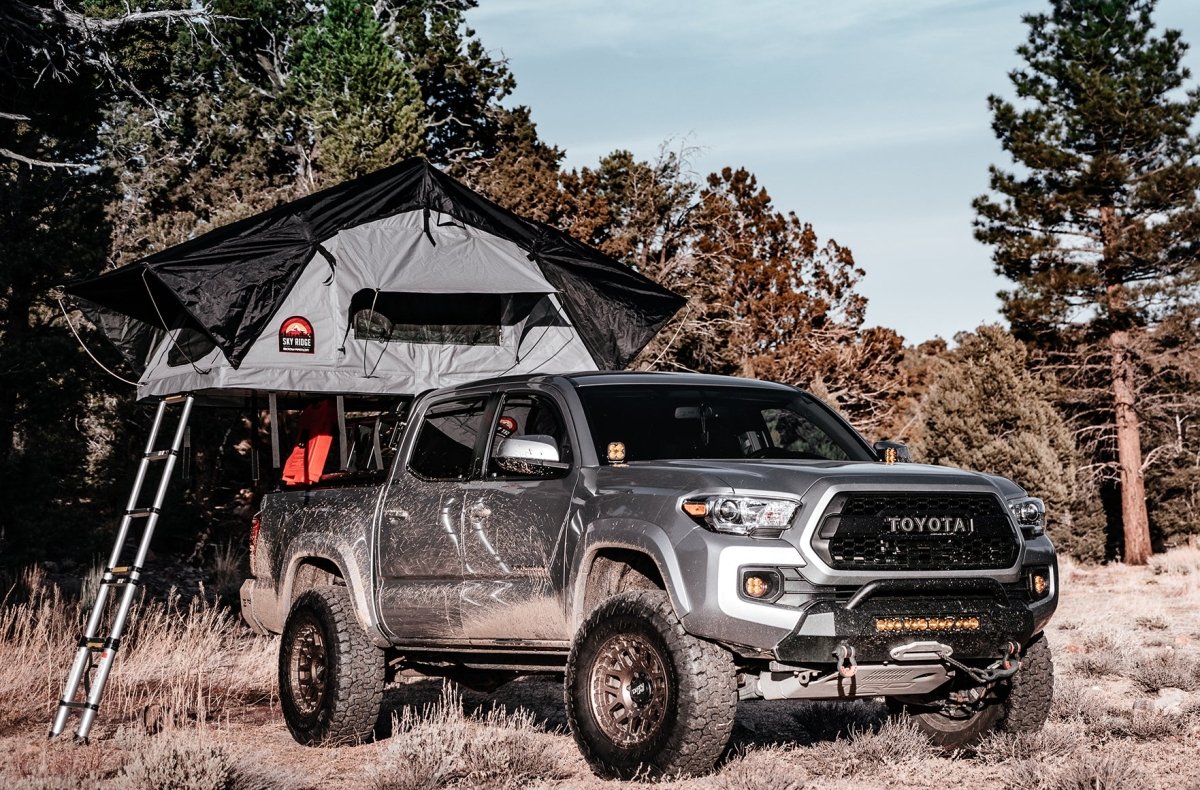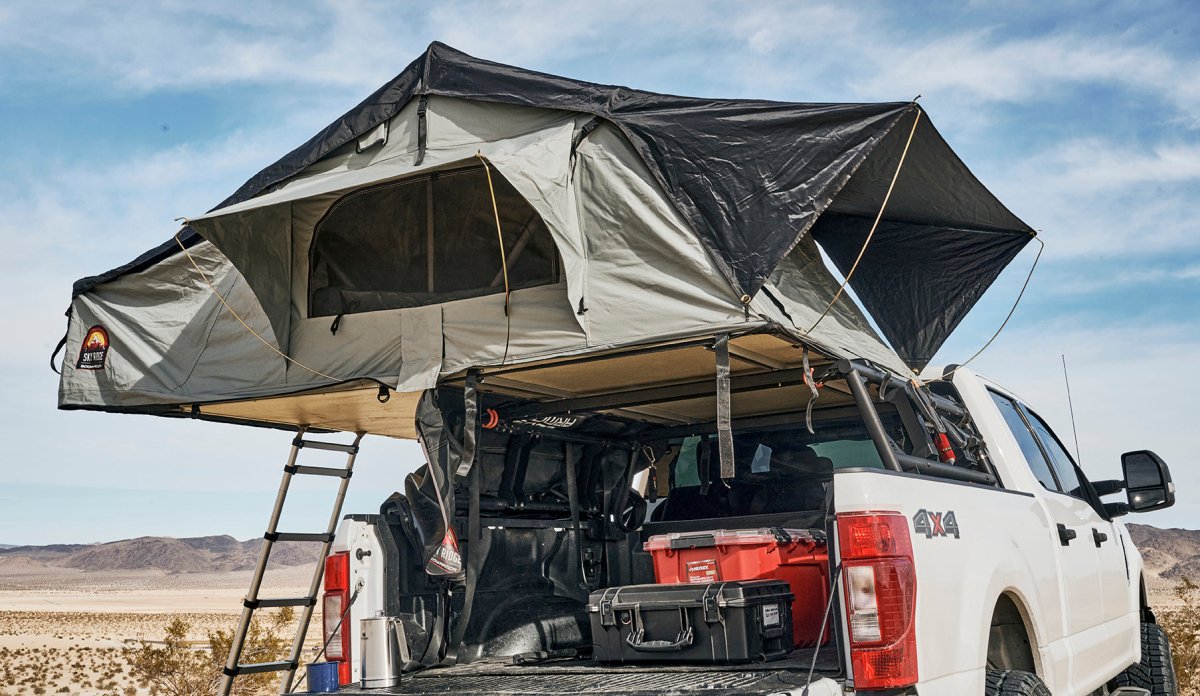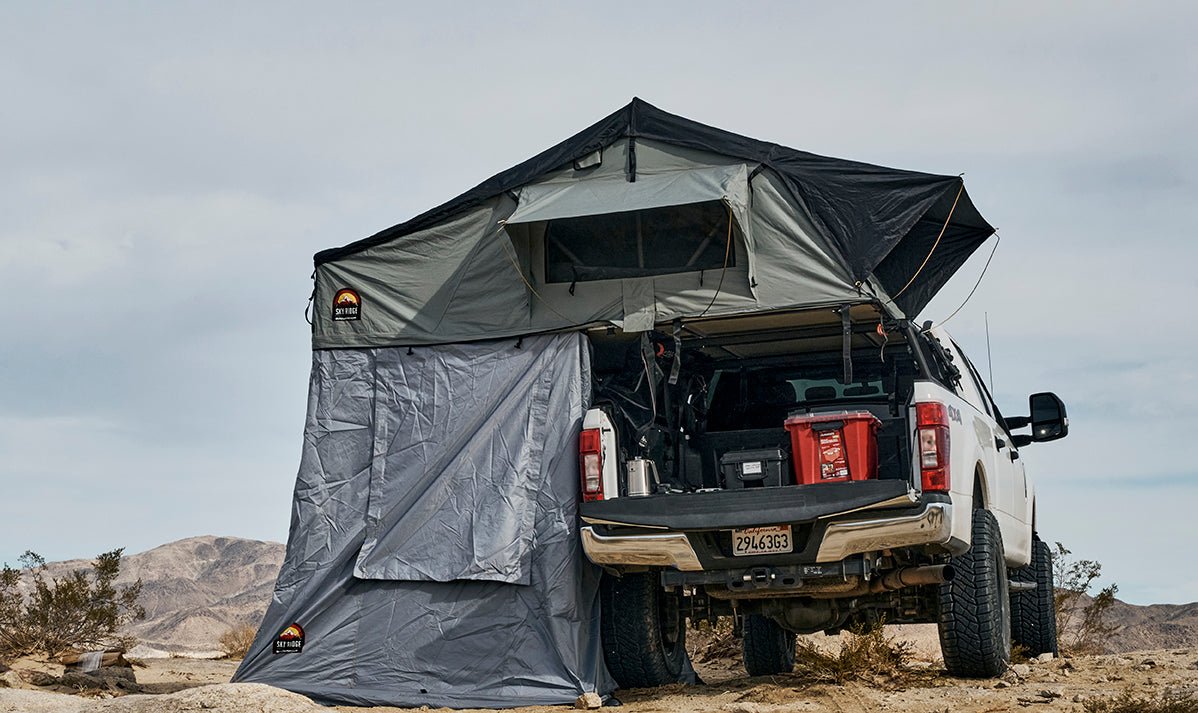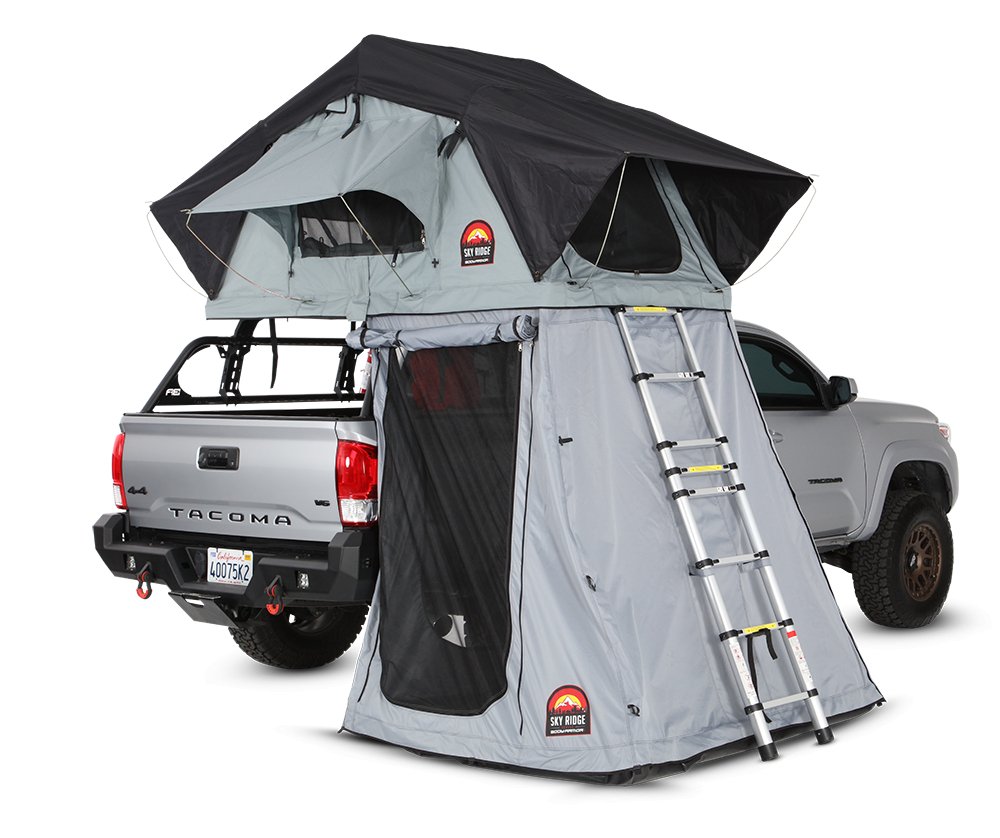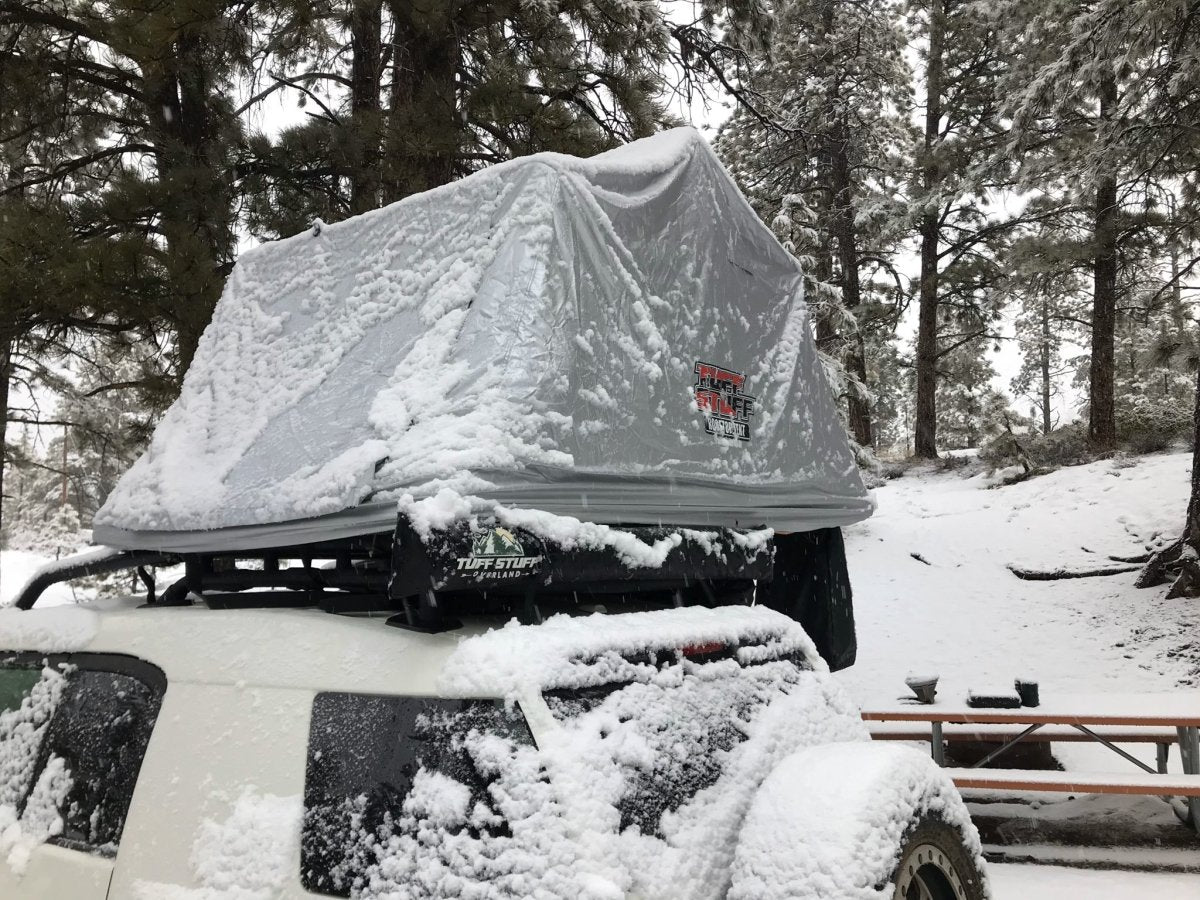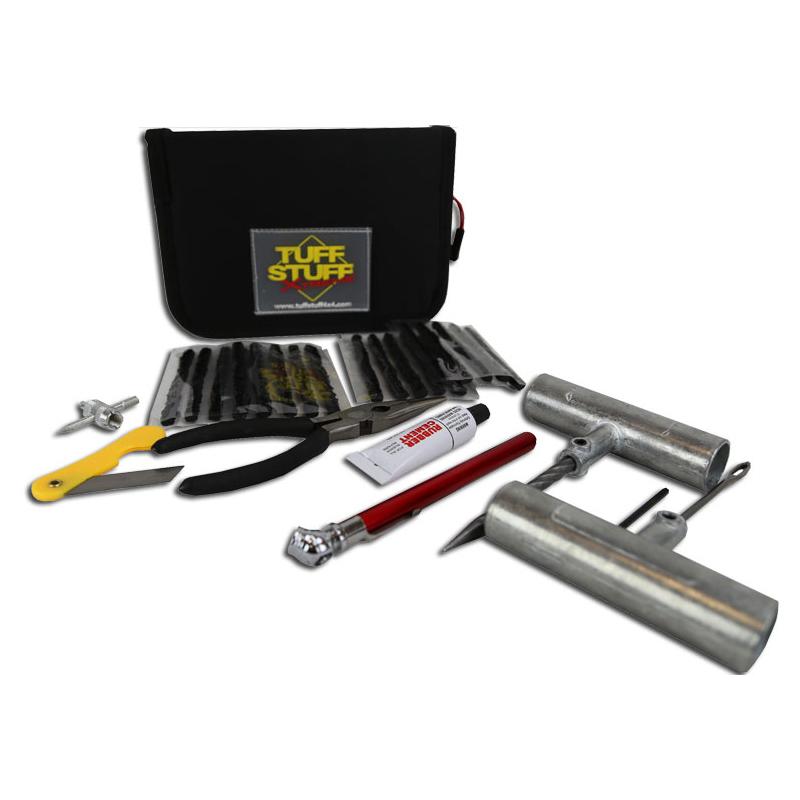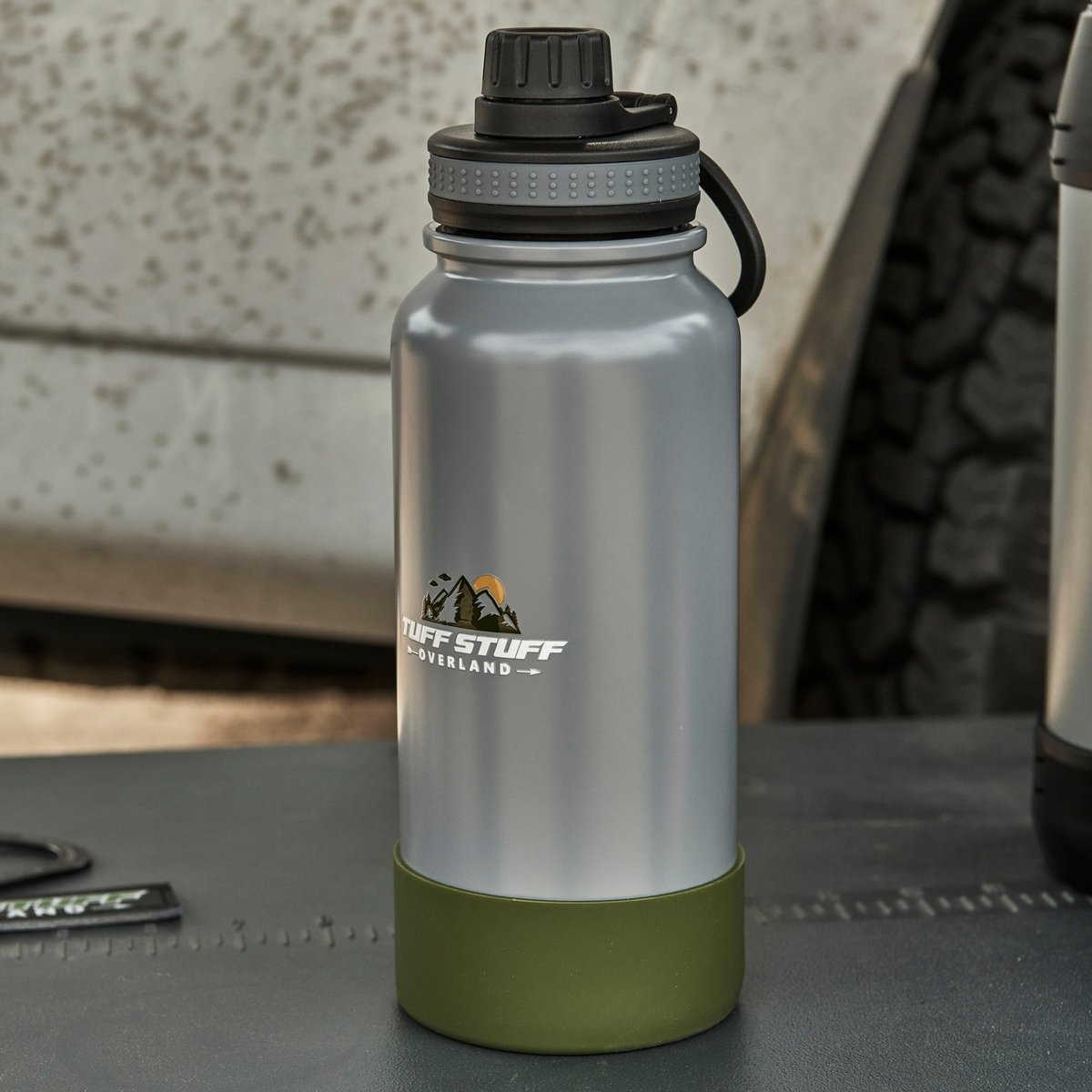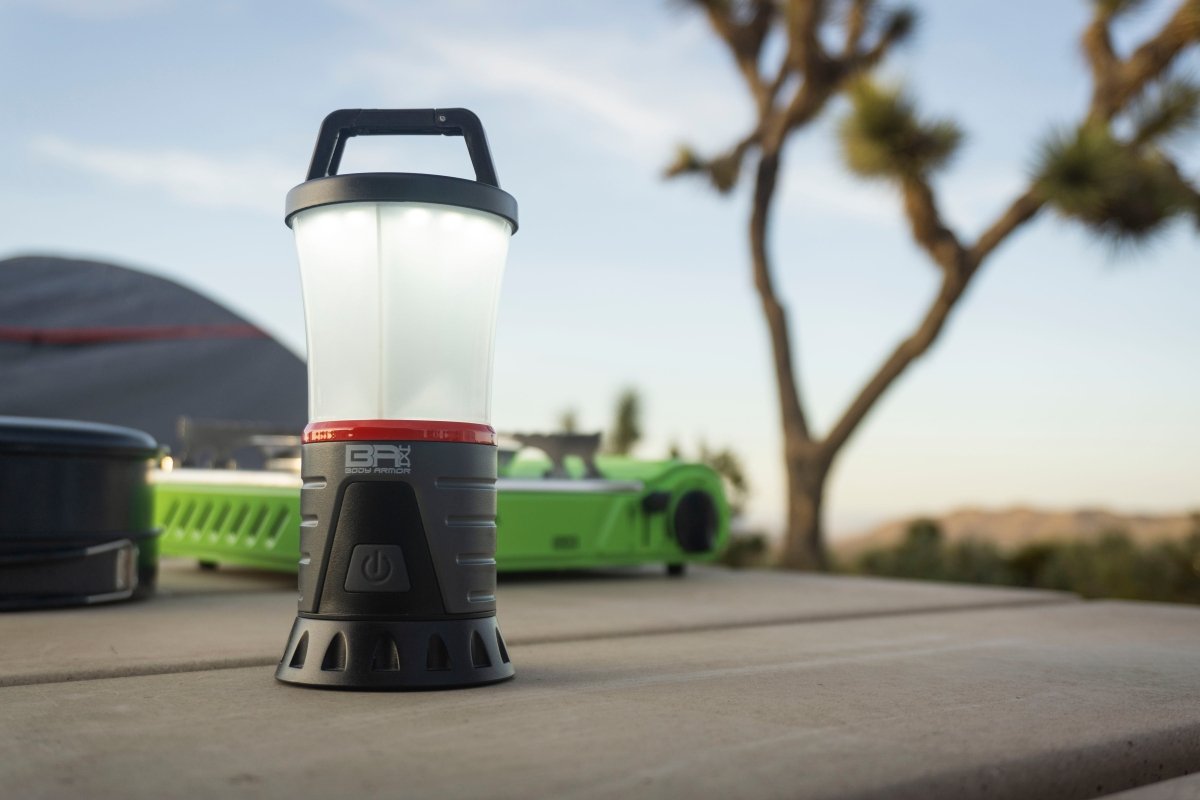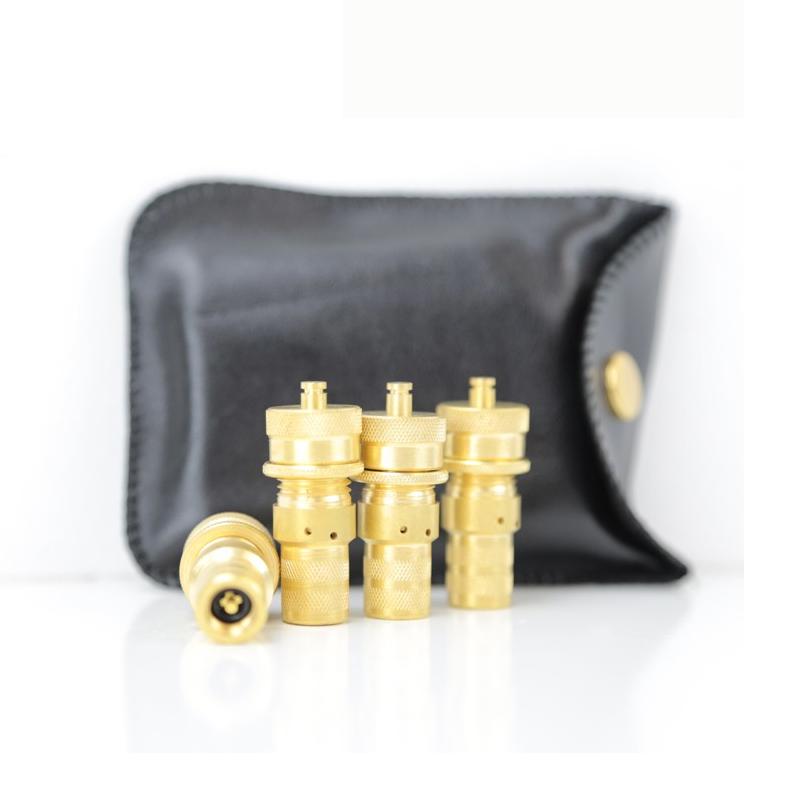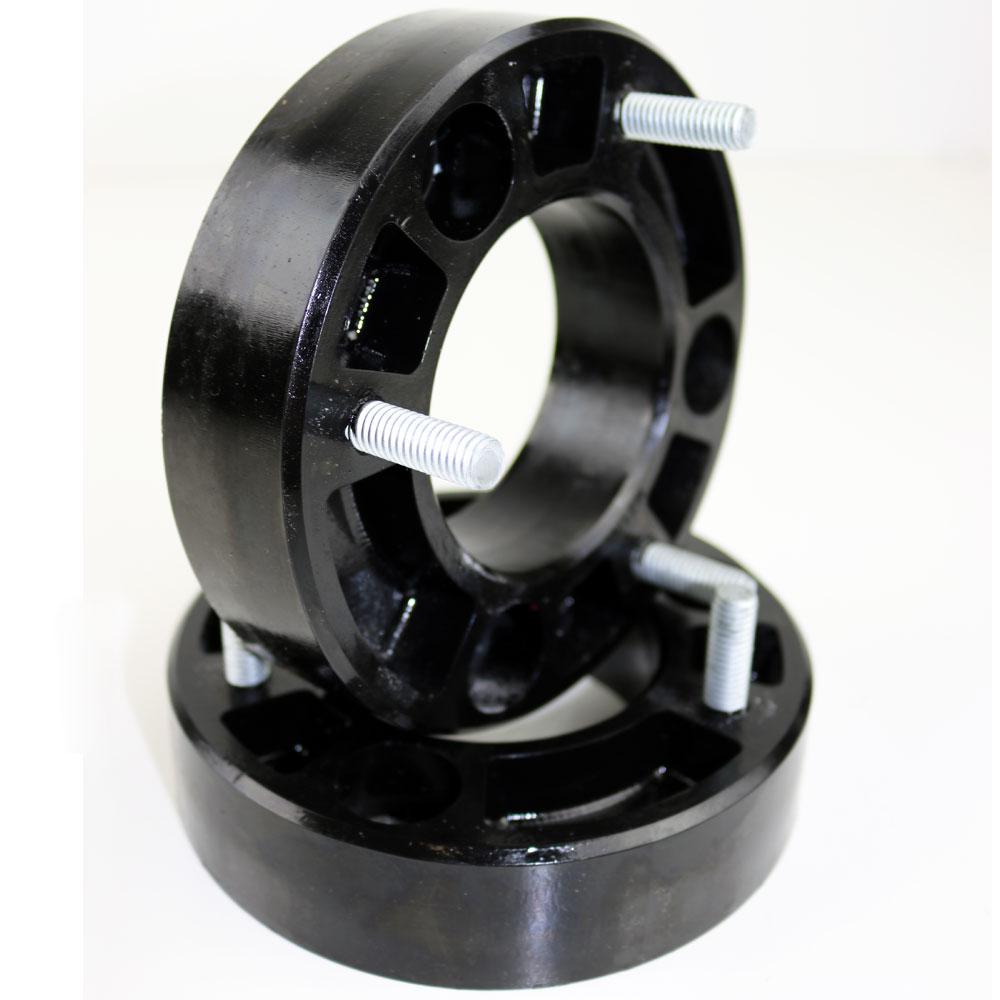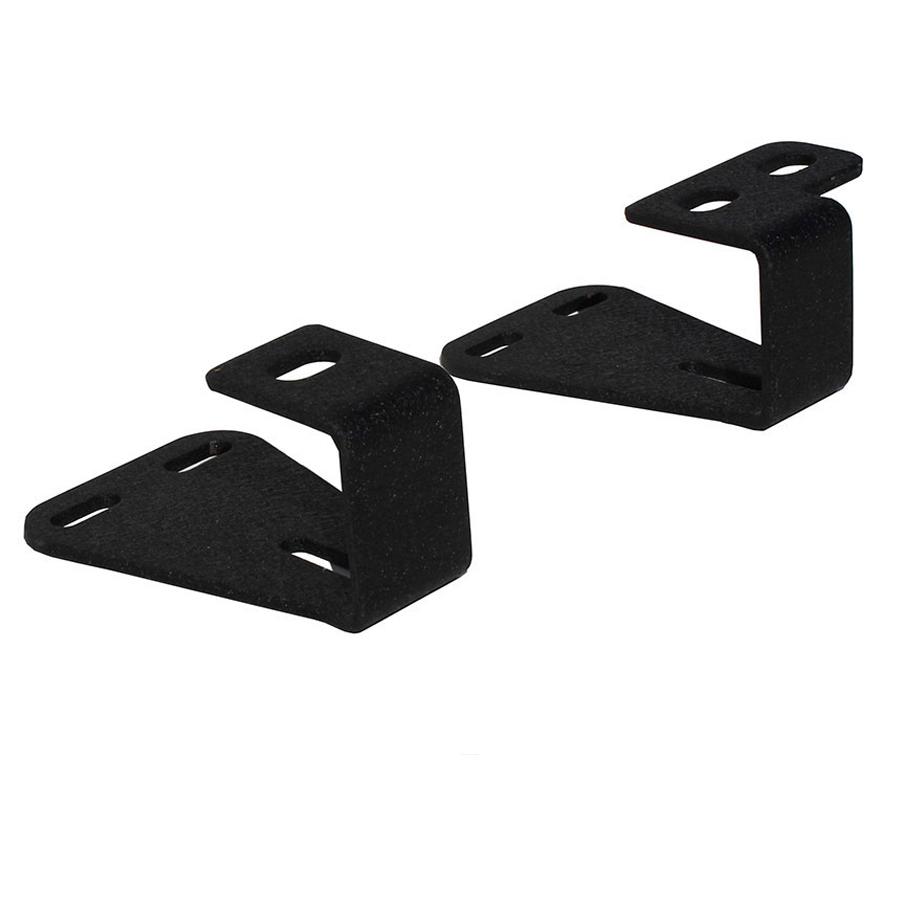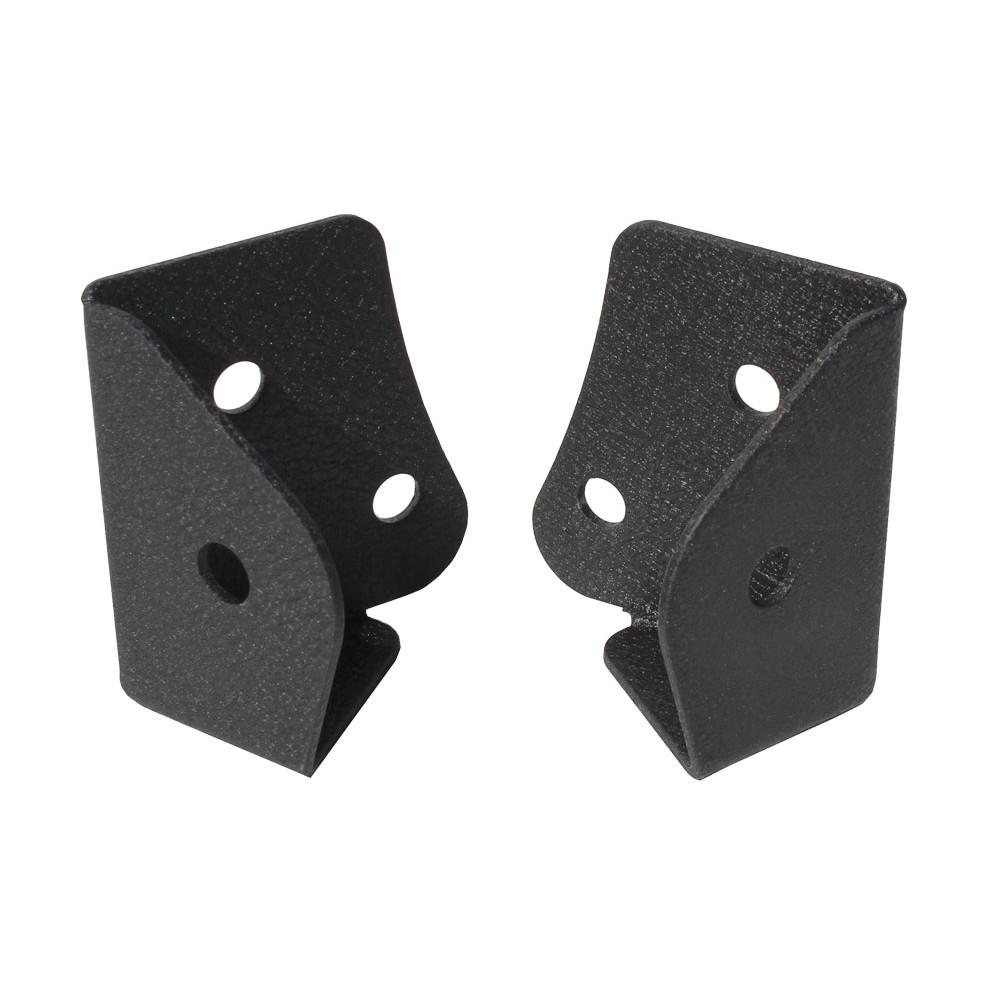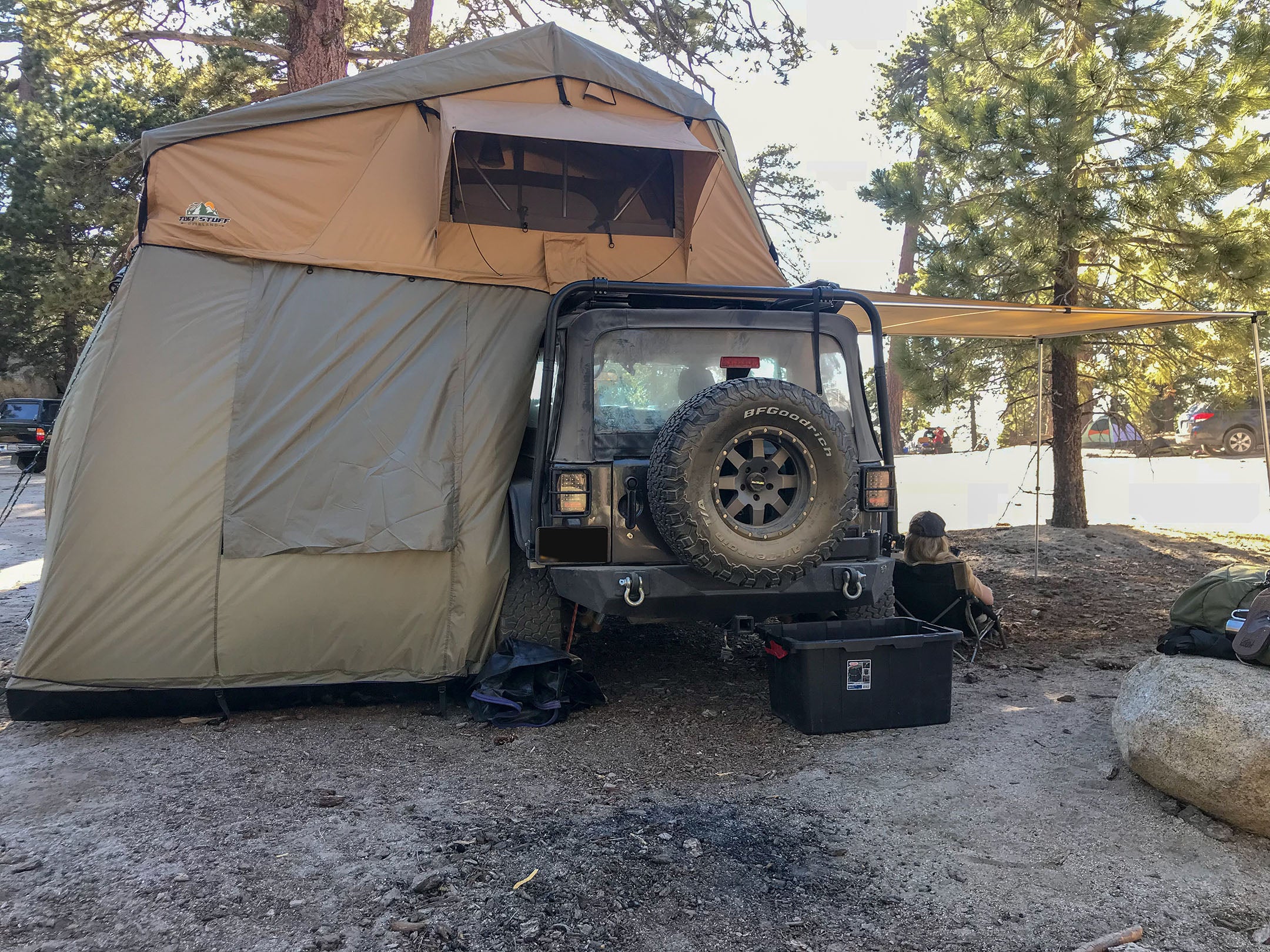
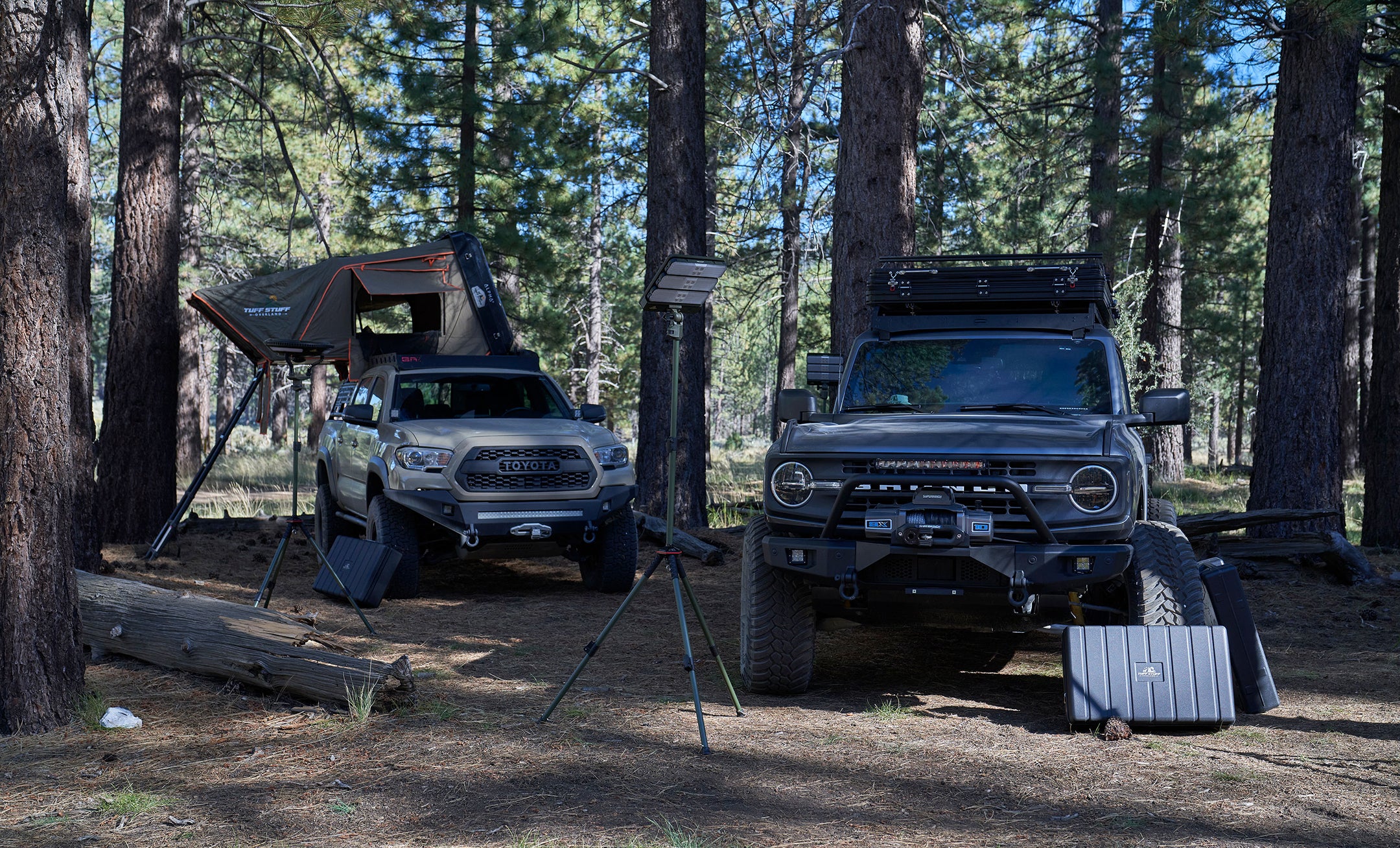

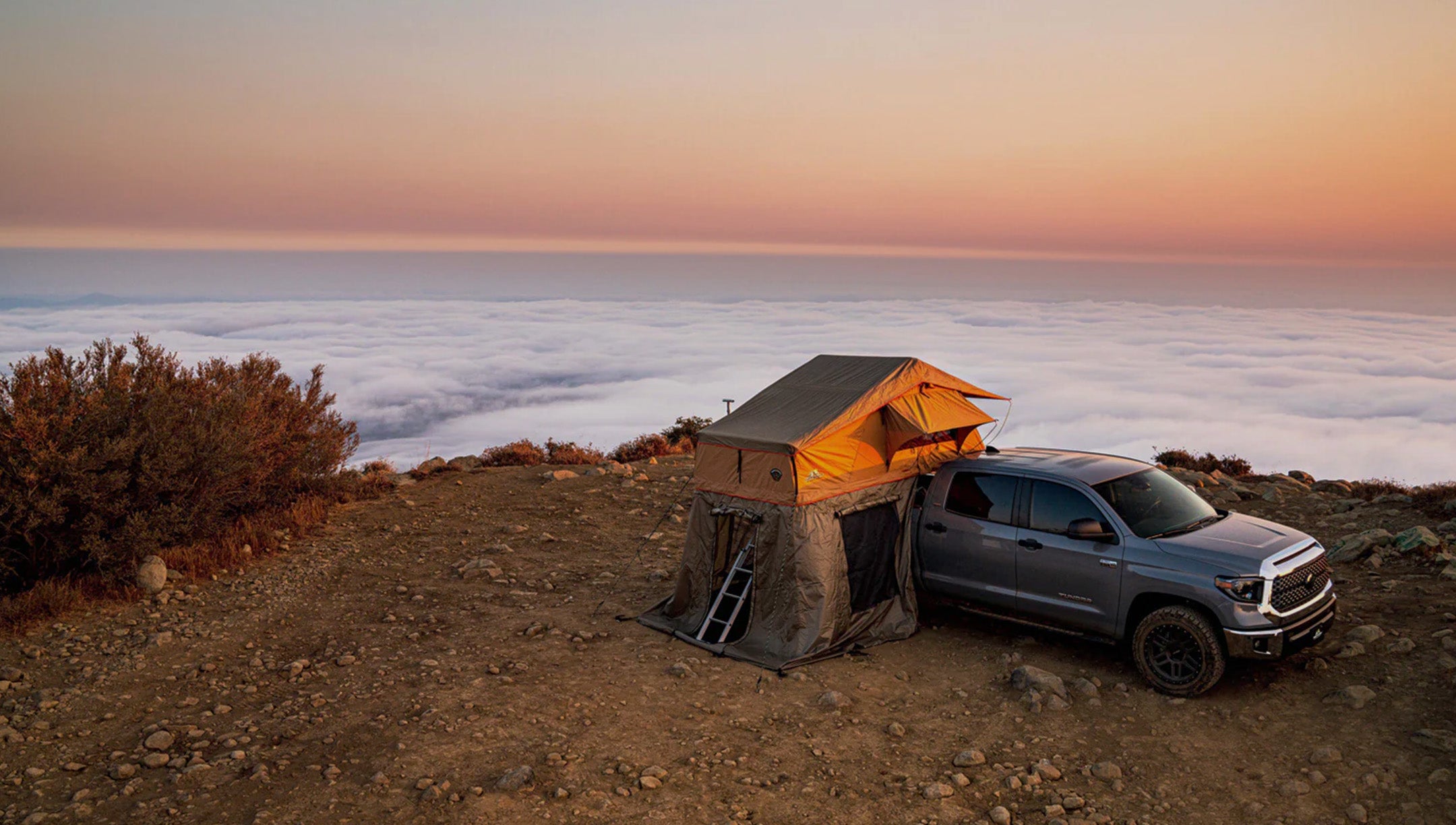
Plan your next trip
CAMPING ACROSS AMERICA
Embrace the freedom of the open road with Tuff Stuff Overland roof top tents, turning every stop into a memorable destination as you explore the diverse landscapes of North America.
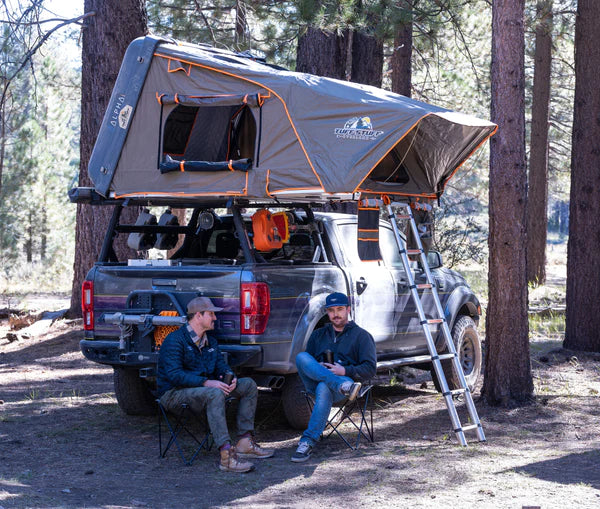
Choosing the Perfect Roof Top Tent: What to Look For
Are you ready to take your camping adventures to new heights with a rooftop tent from Tuff Stuff Overland? Choosing the right rooftop tent is a crucial decision that can significantly impact your outdoor experience.
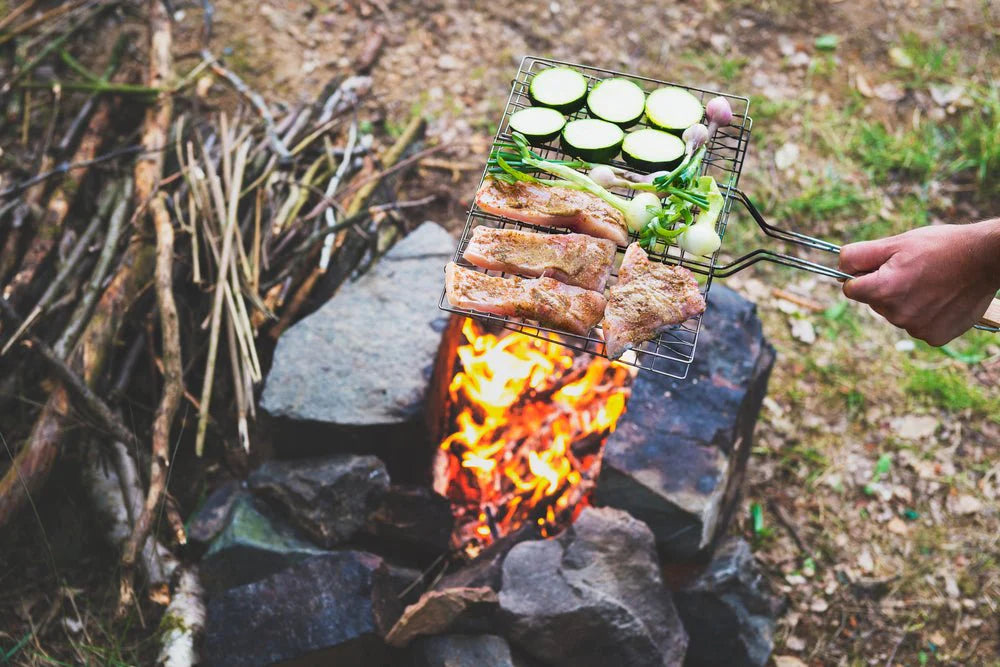
50 Easy Camping Meals For Your Next Adventure
Admittedly, cooking during your camping trips can be a challenging feat. With limited resources and appliances, you might be tempted to pass up on cooking tasty foods. Here's 50 easy camping meals to keep those taste buds happy. bout your store
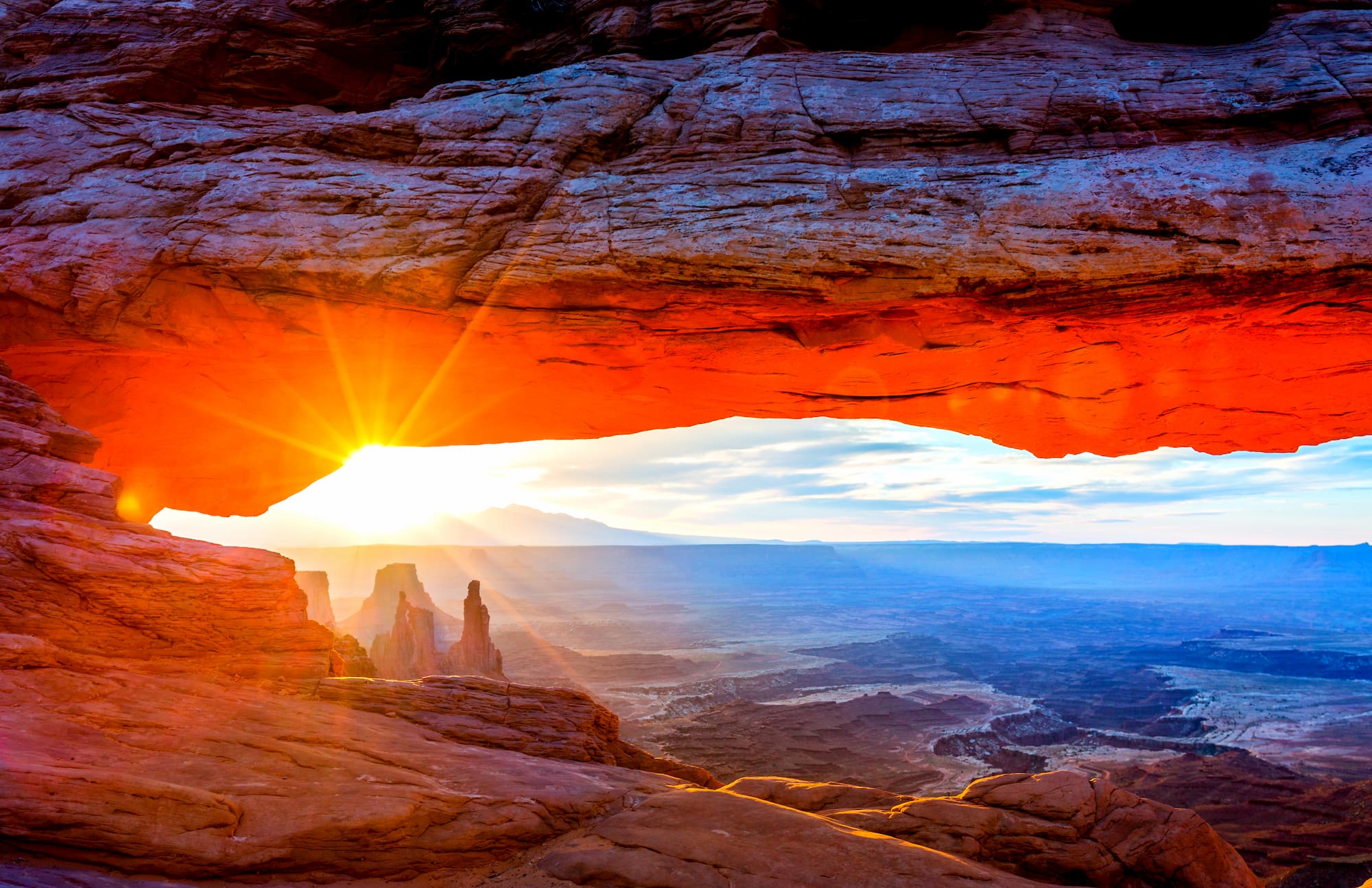
10 Great Destinations for Spring Camping
After a long winter, one of the best ways to get back outside is to go on a spring camping trip. Here's a look at our top 10 spring camping destinations.




